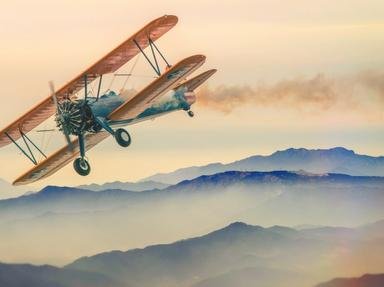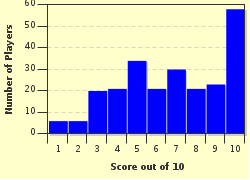Quiz Answer Key and Fun Facts
1. On October 13, 1972, Uruguayan Air Force Flight 571, a twin turboprop Fairchild FH-227D, crashed into the Andes. What was the name of the mountain that this plane crashed into?
2. The fated plane carried 45 people, including many from Stella Maris College, Montevideo, Uruguay. These men were part of a sports team. Do you recall the sport which these men played?
3. A search for the missing plane, which crashed in the Andes, lasted for eight days. The survivors of this crash had found a small transistor radio and heard the devastating news that the search had been called off. Who was the survivor who rose above the despair and managed to encourage the others not to give up?
4. When the airplane crashed, which part of the plane remained intact?
5. On the morning of October 29, 1972 something happened that took the lives of eight of the initial survivors. What killed these eight men?
6. Their rations were meager and dwindling. Starving to death was now a reality. What did these people do that sustained them and kept them alive?
7. Two of the survivors from Uruguayan Air Force Flight 571, made a twelve day trek across the mountains and found a Chilean huaso who was able to arrange to bring them to safety. They were then able to send help for the remaining survivors who were still at the crash site. What is a huaso?
8. The rescue expedition set out from Santiago, Chile stopping in Los Maitenes when both Parrado and Canessa were also arriving there on their way to Puente Negro. From this rendezvous in Los Maitenes, who returned to the crash site with the rescue expedition?
9. Which Santiago newspaper reported that the survivors had resorted to cannibalism?
10. What became of the crash site after the rescue?
Source: Author
funnytrivianna
This quiz was reviewed by FunTrivia editor
bloomsby before going online.
Any errors found in FunTrivia content are routinely corrected through our feedback system.

